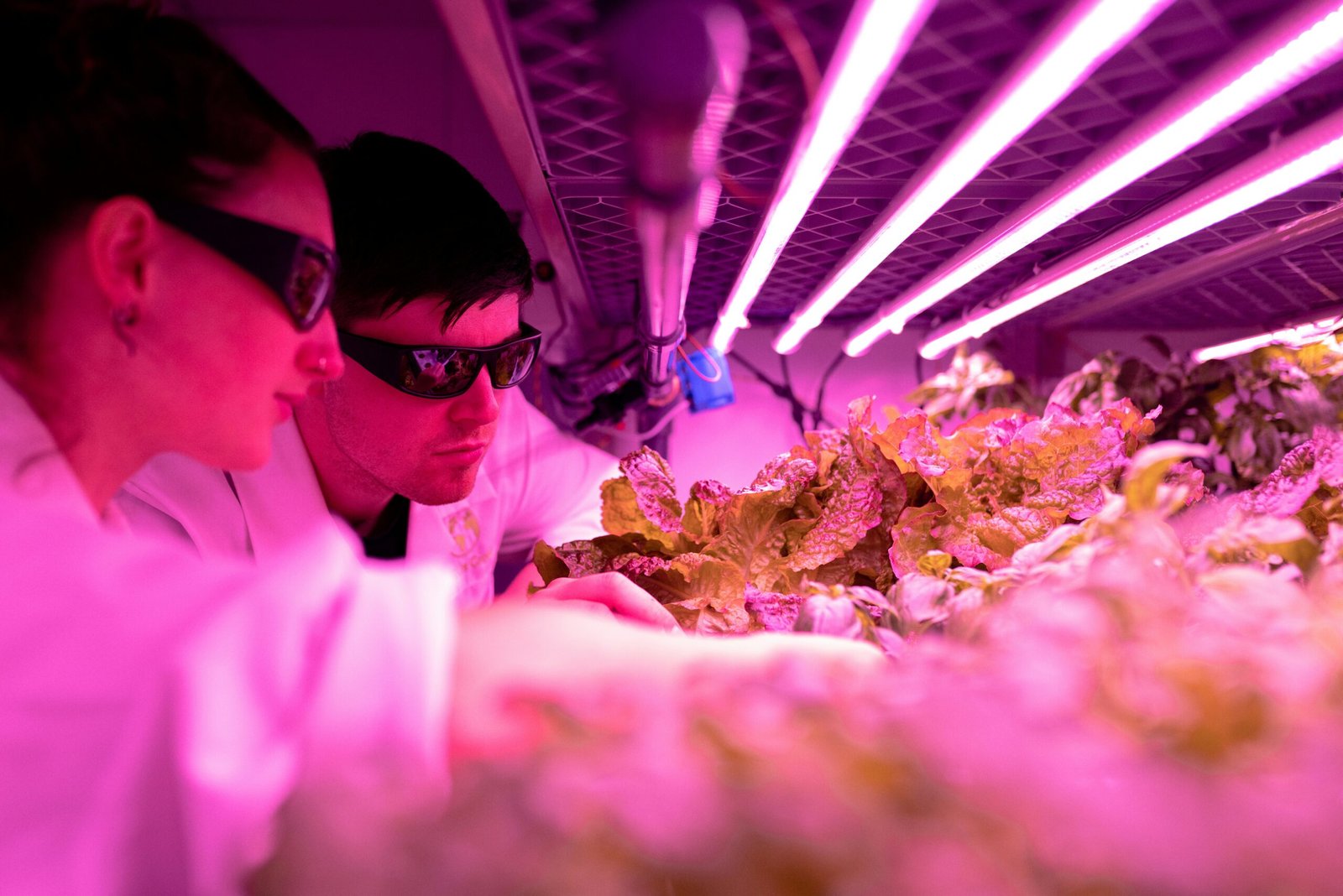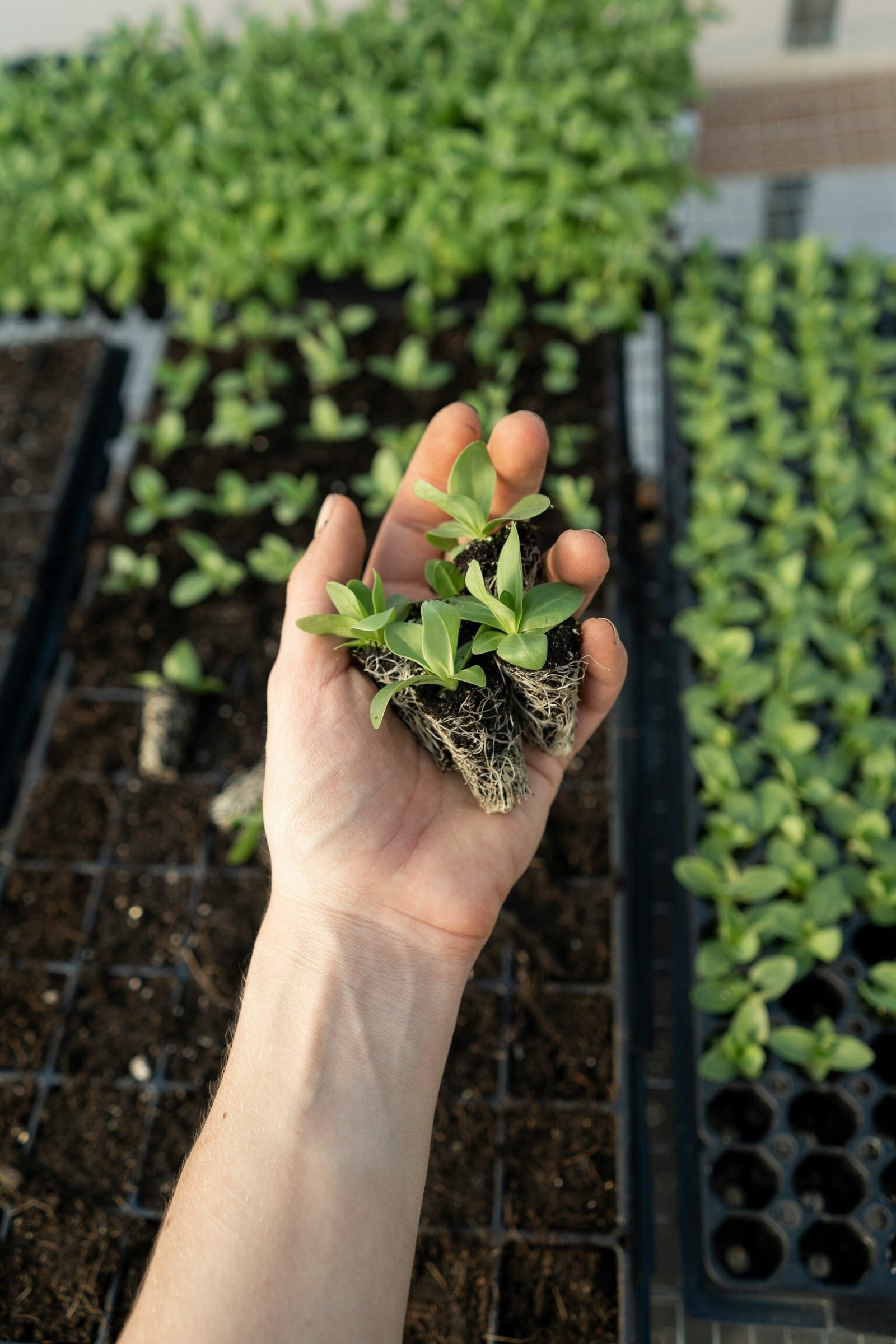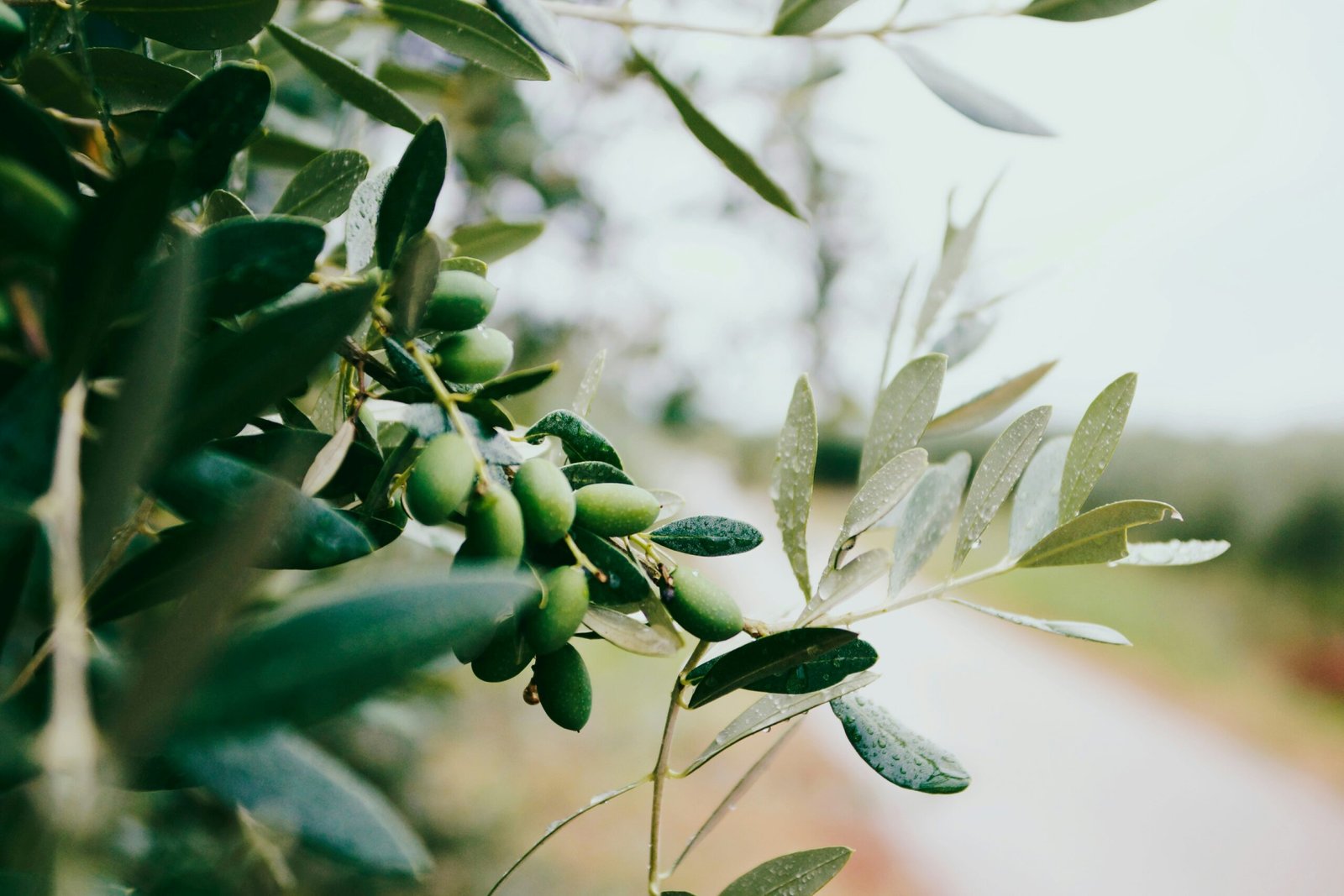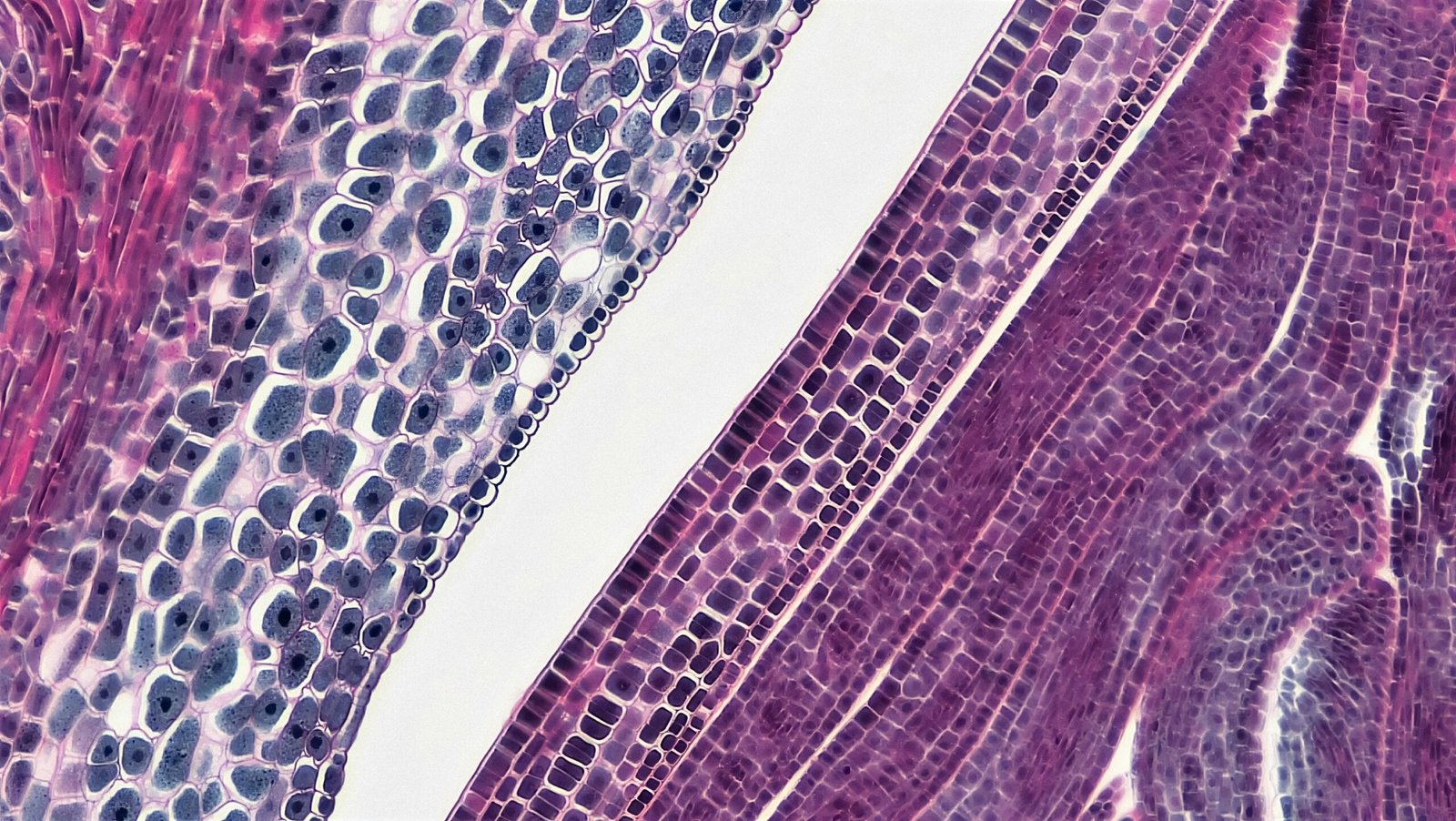Organogenesis in Plant Tissue Culture
| Aspect | Details |
|---|---|
| Definition | Organogenesis is the process of developing plant organs such as shoots, roots, or leaves from cultured tissues under controlled conditions. |
| Types | – Direct Organogenesis: Organs develop directly from explant tissues without callus formation. \n- Indirect Organogenesis: Organs arise from callus tissue formed in response to growth regulators. |
| Explants Used | Leaf discs, stem segments, shoot tips, root segments, meristem tissues. |
| Key Hormones | – Cytokinins (e.g., BAP, Kinetin) → Promote shoot initiation and multiplication. \n- Auxins (e.g., IBA, NAA) → Induce root formation. |
| Induction Phase | High cytokinin-to-auxin ratio induces shoot formation, while a high auxin-to-cytokinin ratio promotes root development. |
| Stages | 1. Initiation: Explants are cultured on nutrient media supplemented with appropriate hormones. \n2. Multiplication: Shoot and root primordia form and proliferate. \n3. Elongation and Development: Formed organs grow and differentiate. \n4. Hardening/Acclimatization: Plantlets are transferred to soil conditions. |
| Media Composition | MS (Murashige & Skoog), B5 (Gamborg), or WPM (Woody Plant Medium) supplemented with appropriate growth regulators. |
| Applications | – Rapid multiplication of elite genotypes. \n- Production of virus-free plants. \n- Conservation of endangered species. \n- Genetic transformation studies. |






